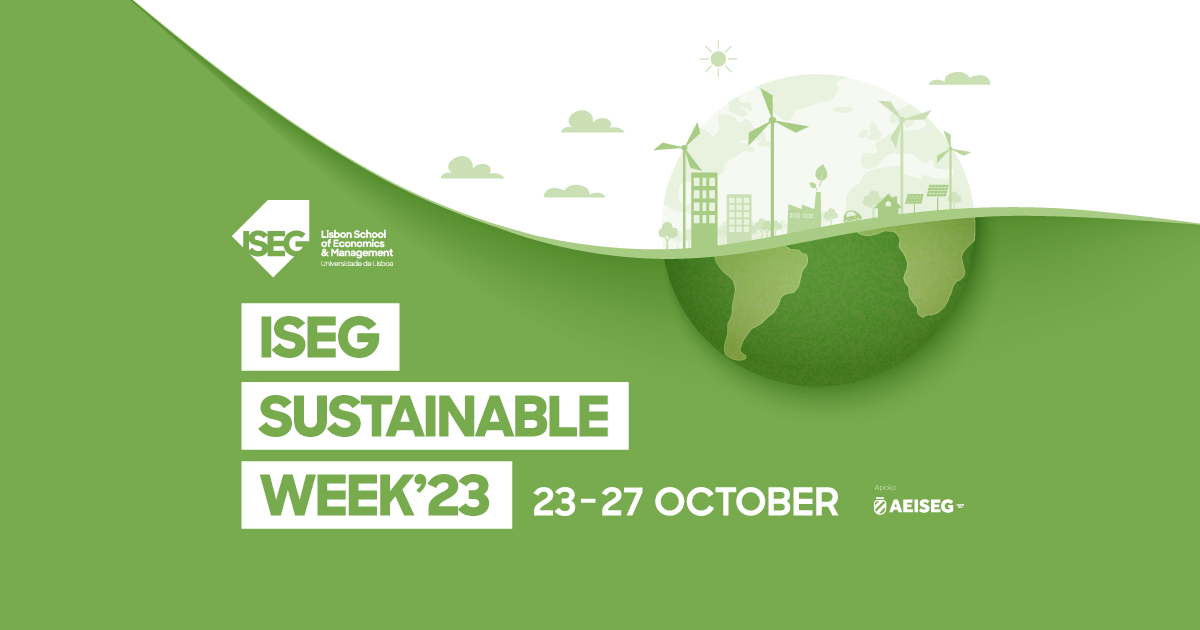Abstract
Purpose - The purpose of the present paper is to advance a testable model, rooted on well-established control and self-regulation theory principles, explaining the causal links between change-related sensemaking, interpretation, readiness and subsequent behavioral action.
Design/methodology/approach - Following a review of the two motivation theories and clarification of change-related sensemaking, interpretation, and readiness concepts, the paper proposes a series of research propositions (illustrated by a conceptual model) clarifying how these concepts interact with self-regulating mechanisms. In addition, the feedback model exemplifies how cognitive processes triggered by new knowledge structures relate to behavioral action.
Findings - The model expands upon other existing frameworks by allowing the examination of multi-level factors that account for, and moderate causal links between, change-related sensemaking, interpretation, readiness, and behavioral action. Suggestions for future research and guidelines for practice are outlined.
Practical implications - The variables and processes depicted in the model provide guidelines for change management in organizations, both for individuals and for groups. By eliciting important self-regulating functions, change agents will likely facilitate sensemaking processes, positive interpretations of change, change readiness, and effective change behaviors.
Originality/value - This paper makes two contributions to the literature. First, it offers a comprehensive and dynamic account of the relationships between change-related sensemaking, interpretation, readiness, and behavioral action decision-making. Second, it elucidates the impact of human agency properties, namely the interplay of efficacy perceptions, social learning, and self-regulating mechanisms on these change-related cognitive processes and subsequent behavioral outcomes.











